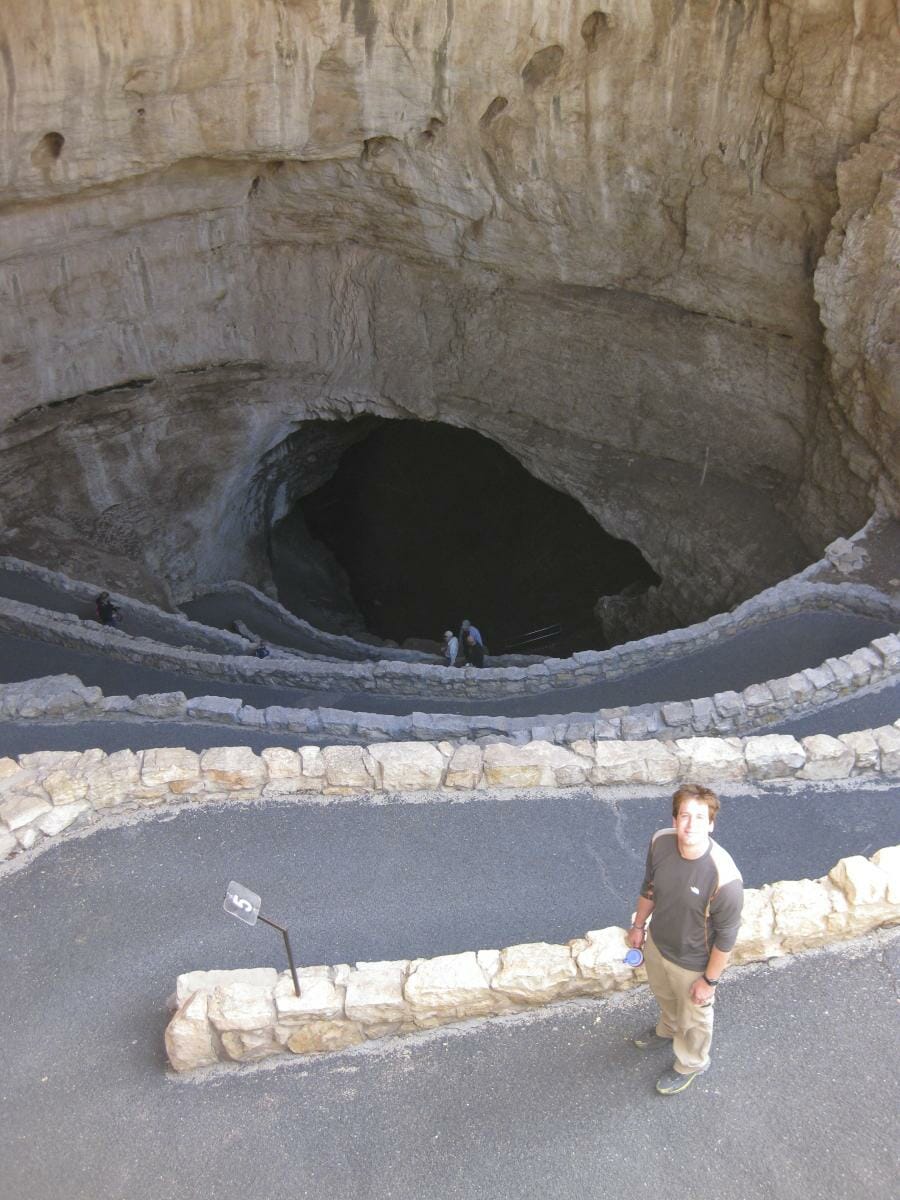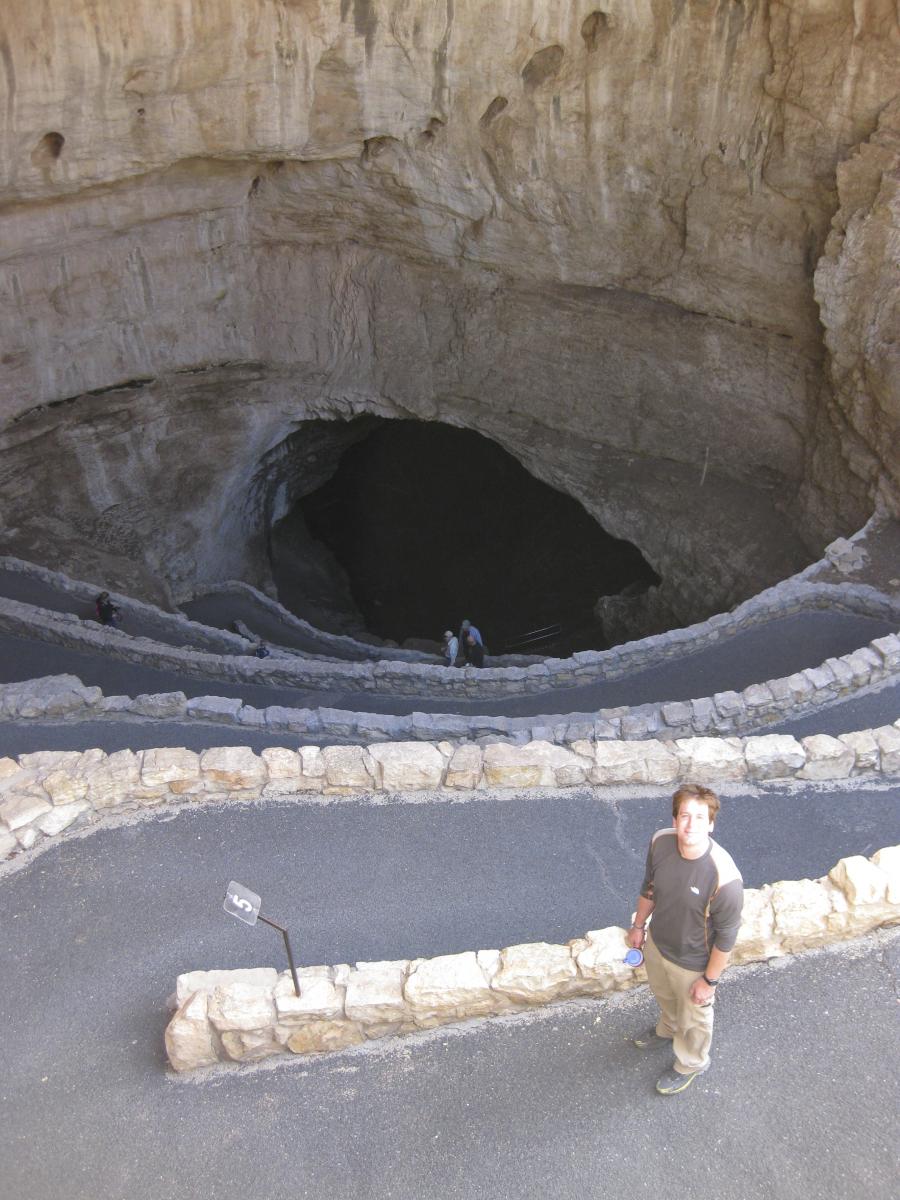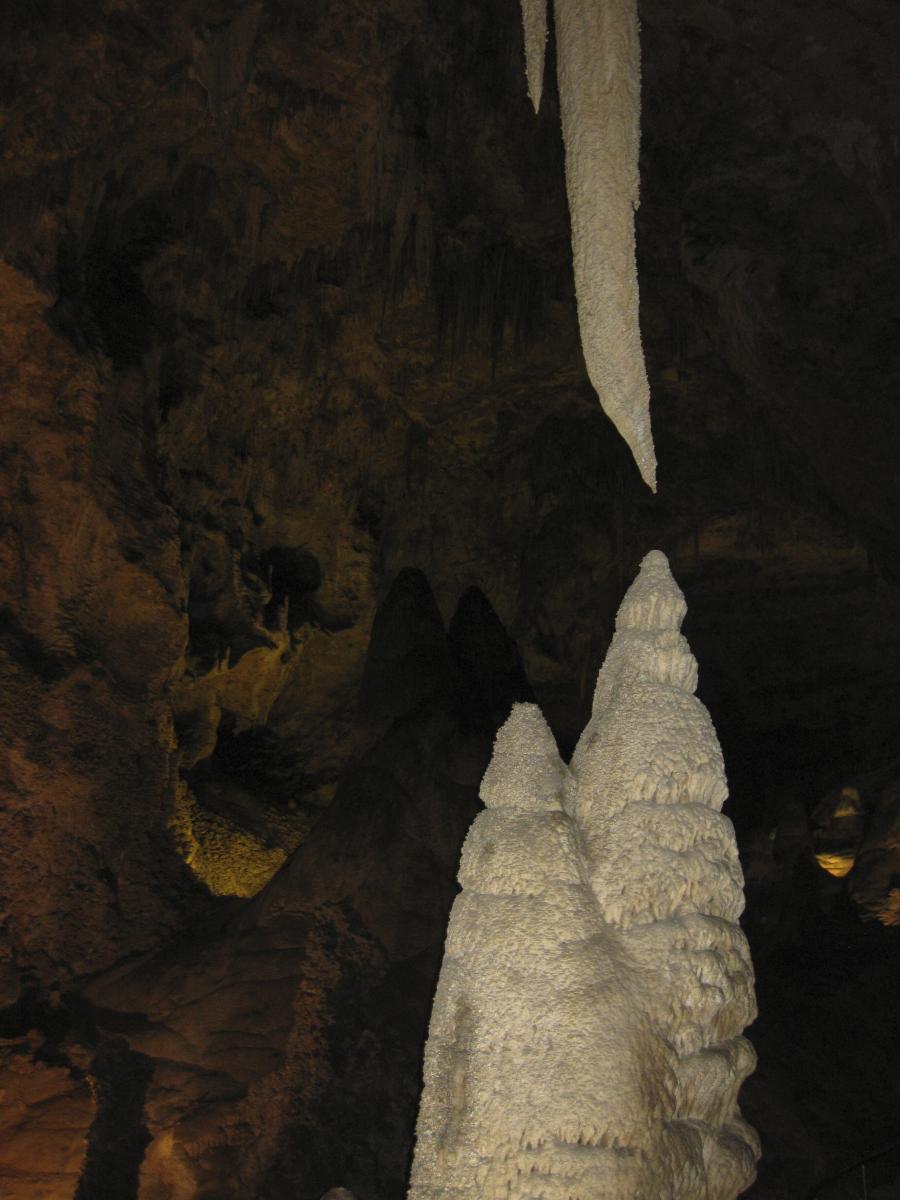News & Updates
Caves


Carlsbad Caverns, Arizona:
Caves are one of nature’s most amazing environments to explore and challenge oneself in. Unfortunately, visitors to caves can have an impact on the fragile features and wildlife that exists under our feet. If people use good judgment and travel through caves with knowledgeable people, then cave related impacts can be minimized. In order to find knowledgeable cavers, check your local chapter of the National Speleological Society (NSS).

In order to plan ahead and prepare for your cave travels, educate yourself on a variety of topics. Ask for permission before entering caves and check on permits if it is on public land. Find out the trip length and if there is any vertical work involved. Check if there are any impact concerns for the cave before you travel in it. Lastly, make sure that you have the proper gear to keep you safe and to minimize your impact on the cave.

Some impacts, like the breaking of a stalagmite can have an immediate effect on the cave. Traveling through a cavern takes special care and considerations. Stay on worn trails in the cave and bedrock, but avoid formations and dried cave mud. When you are in doubt about whether a cave surface is durable or not stay off of it.
Disposing of our human waste is an issue in an environment without soil and where it may be impossible to go a far distance from water. Caves have unique and fragile nutrient balance and fragile micro biotic communities that can be disrupted by our trash and presence. Be sure to pack out your trash from caves. Take care to avoid dropping food particles by eating over a bag to avoid dropping anything in a cave. Use the bathroom before entering caves, but once you are in a cave, pack out all solid human waste. Urine can damage aquatic communities and can be packed out by carrying an extra water bottle with you.
Leave cave formations, artifacts, animal bones, and anything else you may find in cave intact for the next group of people. Wildlife in caves can be very sensitive to their environment. Never touch or disturb wildlife while you are traveling through a cave. The cave salamander is extremely sensitive and can be killed with a single touch. The white-nose syndrome that is spreading over the country’s caves and infecting bats is a serious concern. You can stop the spread of white-nose syndrome by not bring clothes or gear from an infested cave to a disease free cave. Not only should you try and preserve the cave, but also preserve the quality of another visitor’s experience. Pass other visitors with care by using good communication and consideration, especially in vertical caving travel. Lastly, keep voices low because sound can travel well through the cave and can impact other cavers’ experience.
Thanks for reading and remember to be like Bigfoot!
Pat and TJ
Let’s protect and enjoy our natural world together
Get the latest in Leave No Trace eNews in your inbox so you can stay informed and involved.
